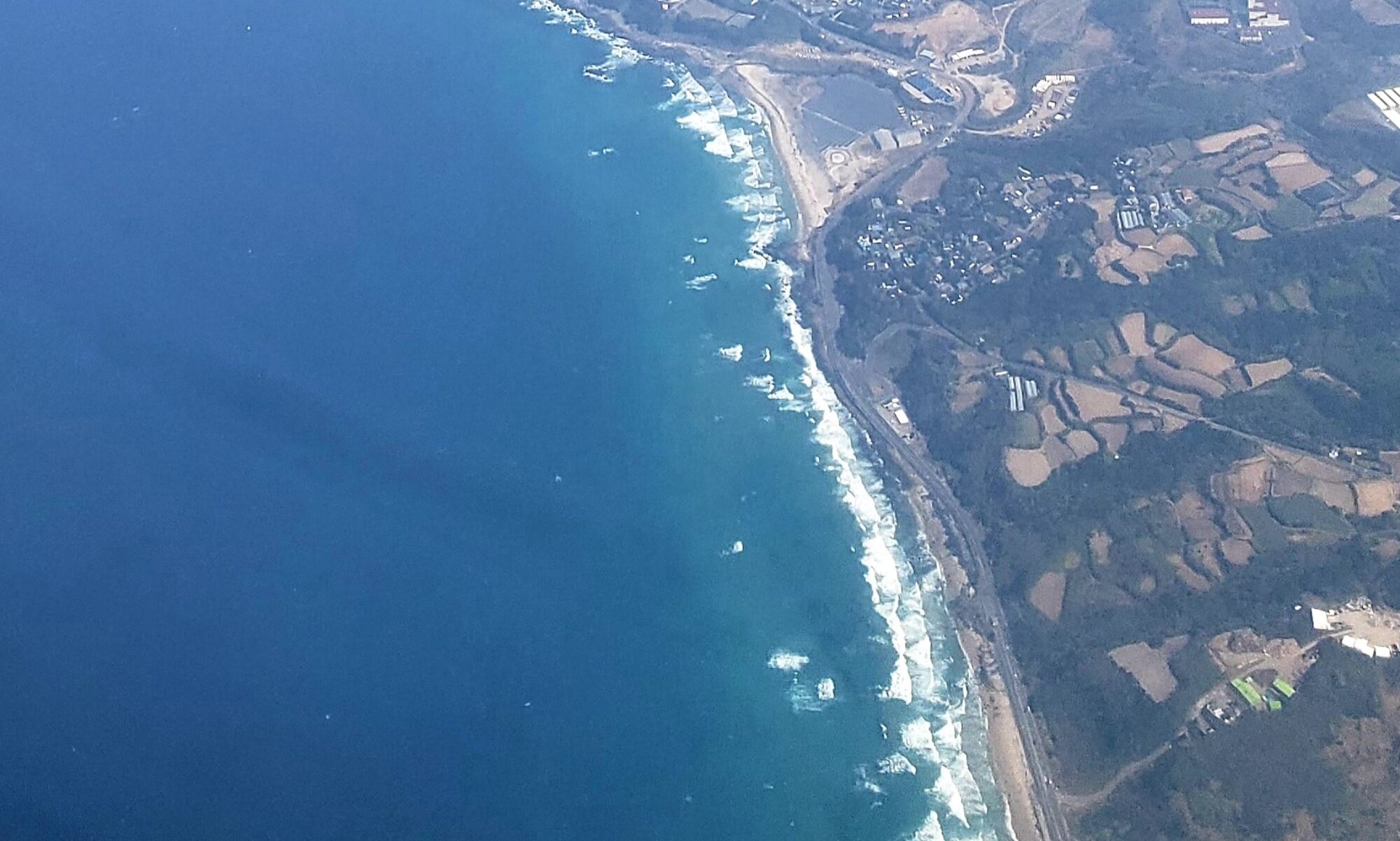四国八十八カ所霊場の第八十二番札所。本尊は千手観世音菩薩。弘法大師が開基し、江戸時代に天台宗に改宗された。五色台の青峰の中腹にある。白峯寺より往時のままの旧遍路道の根香寺道を歩き到着。山門からいったん階段を下り、また上がり大師堂へ。さらに階段を上がって本堂へ。急峻な地形を生かした伽藍である。懐かしい高松の街並みや屋島が見える。境内に鬼百合や桔梗が咲き、遍路の疲れを癒してくれた。
That is the 82 th temple of Shikoku 88temple pilgrimage.The principal image is 1000 hands of Kanzeon Bosatsu. It was founded by Kobo Daishi and converted to the Tendai sect in the Edo period. It is in the middle of Aomine of Goshikidai.I arrived at Shiramineji on foot on the former pilgrimage road, Negoroji-michi. Go down the stairs from the temple gate and go up to Daishi-do. Go up the stairs to the main hall. It is a cathedral utilizing the steep landform. I could see the nostalgic streets of Takamatsu and Yashima. Oniyuri and Kikyo (Chinese bellflower) bloomed in the precincts and healed the fatigue of the pilgrimage.
四国八十八个朝圣的第八十二座寺庙。主佛是千手观世音菩萨。弘法大师开基,在江户时代改宗为天台宗。位于五色台的青峰的半山腰。从白峰寺漫步往昔的旧朝圣道根香寺道到达。从山门先下楼梯,再往上走到大师堂。再上楼梯到正殿。利用陡峭地形的伽蓝。可以看到令人怀念的高松街道和屋岛。院内盛开着鬼百合和桔梗,治愈了巡礼时的疲劳。










































